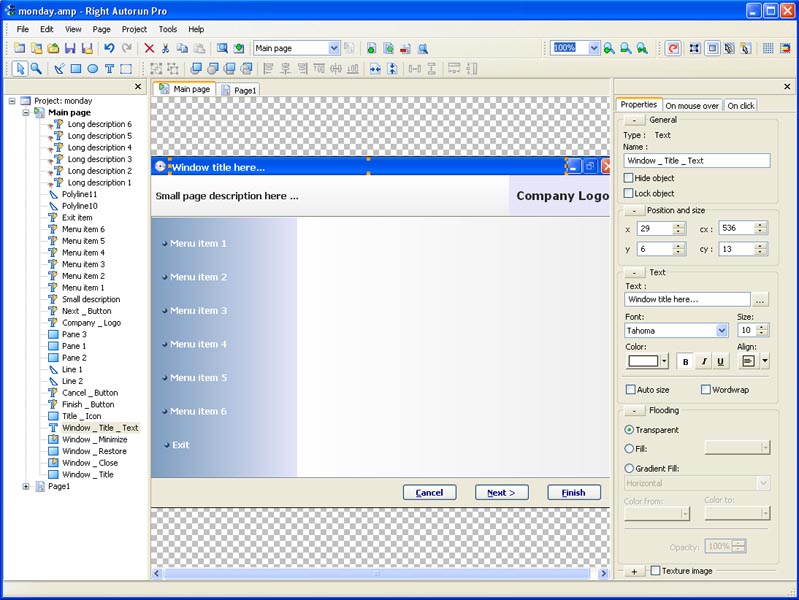


Also, be aware that many malware programs adopt generic or innocuous-sounding names, such as “Diskfix” or “SearchHelper” (both mentioned below). “AcrobatLauncher” or “PhotoshopBrowser”). 6 They let you capture all autostarts or just specific categories. The command-line options are listed in Table 4-1. Its purpose is data collection only: it cannot disable or delete any autostart entries. It is designed primarily for use in scripts. Note that occasionally malware will “impersonate” legitimate software, but adopting a name that’s identical or similar to software you’re familiar with (e.g. AutorunsC is a console-mode version of Autoruns that outputs results to its standard output. If you recognize the software’s name, then it’s usually okay.there’s an entry in the Publisher column) or has a “Description”, then there’s a good chance that it’s legitimate If an entry is digitally signed by a software publisher (i.e. ¿ Cómo Funciona Autoruns Es muy sencillo, descargaremos de la página oficial de Microsoft el archivo Autoruns.zip, lo descomprimimos y ejecutamos el archivo Autoruns64.

Also included in the download package is a command-line equivalent that can output in CSV format, Autorunsc. These programs and drivers include ones in your startup folder, Run, RunOnce, and other Registry keys. Autoruns reports Explorer shell extensions, toolbars, browser helper objects, Winlogon notifications, auto-start services, and much more. Autoruns goes way beyond other autostart utilities.Īutoruns' Hide Signed Microsoft Entries option helps you to zoom in on third-party auto-starting images that have been added to your system and it has support for looking at the auto-starting images configured for other accounts configured on a system. This utility, which has the most comprehensive knowledge of auto-starting locations of any startup monitor, shows you what programs are configured to run during system bootup or login, and when you start various built-in Windows applications like Internet Explorer, Explorer and media players. I've tried many variations but cannot seem to find the solution. However, it does not like single or double quotes anywhere. Windows Vista, Windows 7, Windows 8, Windows 8.1, Windows 10, Windows Server 2008, Windows Server 2012, Windows Server 2016 I am trying to execute autorunsc64.exe (Sysinternals) in PowerShell like so: 'C:\Program Files (x86)\Autoruns\autorunsc64.exe' -a > 'C:\Program Files (x86)\Autoruns\output.txt'.


 0 kommentar(er)
0 kommentar(er)
